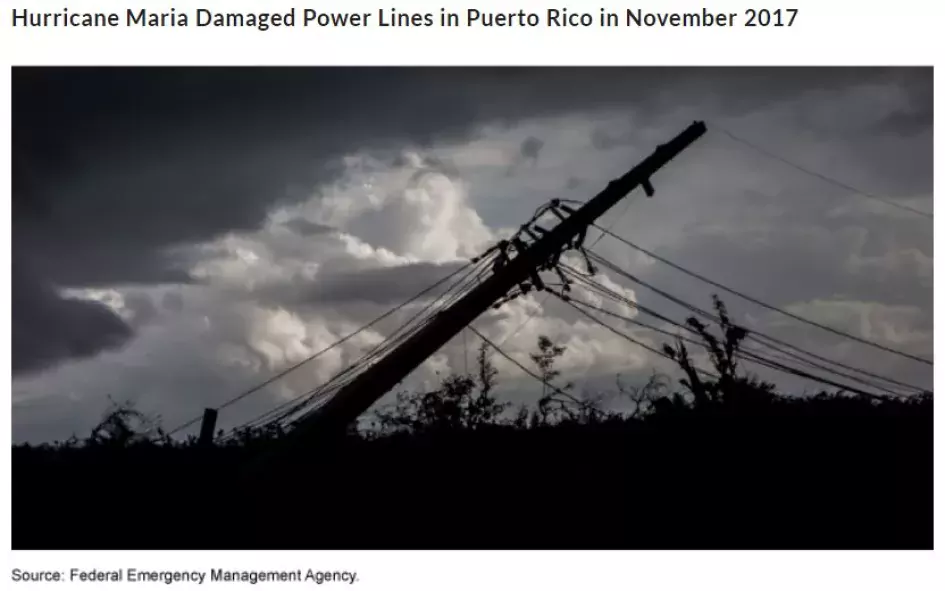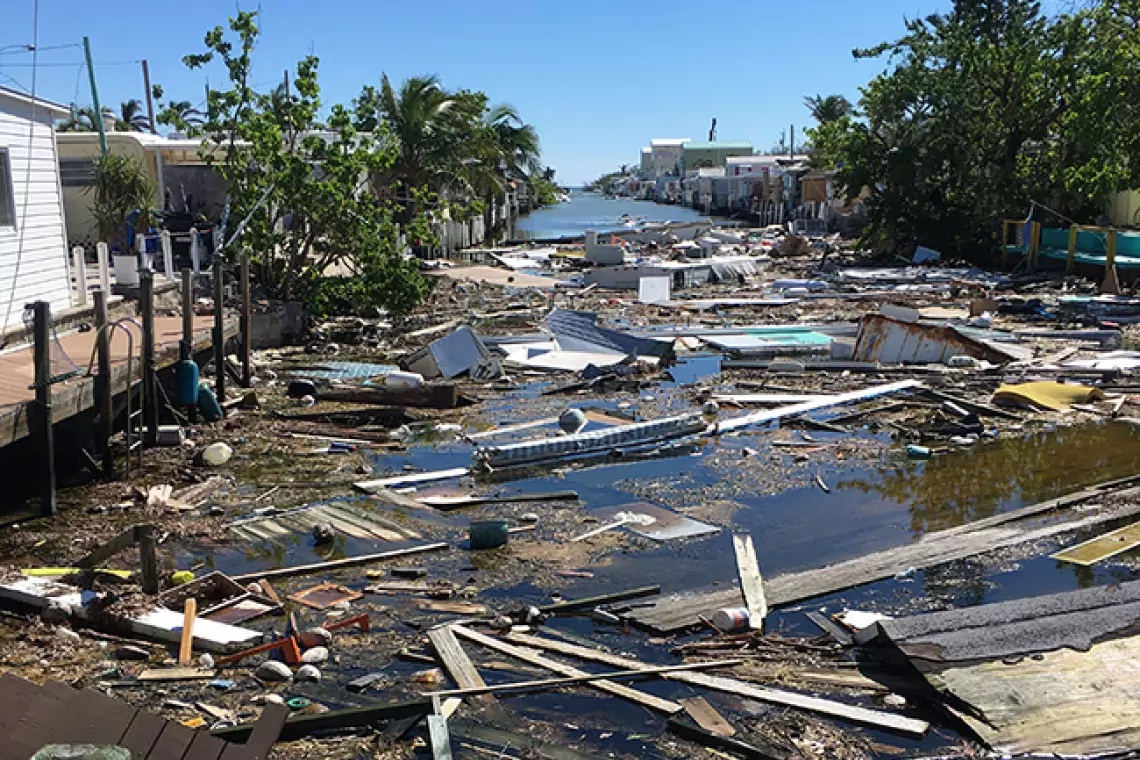Hurricane Ida Highlights Need for Enhanced Electricity Grid Resilience
Hurricane Ida landed near Port Fourchon, Louisiana, on August 29, leaving at least 7 people dead and at least a million people in Louisiana, Mississippi, and Alabama without power. More frequent and intense extreme weather due in part to a changing climate affects the resilience of the nation’s electricity grid. Cyberattacks and solar storms are 2 additional threats.
In today’s WatchBlog post, we look at our recent reports on risks to the electricity grid and highlight ways the federal government can better protect communities from widespread power outages.
Image

Extreme weather and climate change
Annual costs of weather-related power outages total billions of dollars, and may increase with climate change. For example, in February, extreme cold weather that spread from the Canadian border as far south as Texas caused record winter demand for electricity and left about 4.5 million customers in Texas without power, along with about 376,000 customers in Louisiana and Oklahoma. In September 2017, Hurricanes Irma and Maria caused widespread and lengthy power outages in Puerto Rico and the U.S. Virgin Islands. In these instances, the chronically ill often did not have access to electricity to power their medical devices, such as ventilators.
In March, we recommended that the Department of Energy (DOE) develop a department-wide strategy to enhance grid resilience to climate change, and that the Federal Energy Regulatory Commission identify and assess climate-related risks to the grid and plan a response. We also recommended that DOE develop a way to make sure utilities are aware of grid resilience efforts at DOE’s national laboratories.
Cyberattacks
The electricity grid is also vulnerable to cyberattacks—particularly the systems that control electric power generation, transmission, and distribution. These systems were once isolated from the internet but now are increasingly connected—creating opportunities for attackers. For example, in 2015, cyberattackers gained access to 3 Ukrainian power distribution utilities and issued unauthorized commands to open the breakers at substations they managed. About 225,000 customers lost power in that incident. In October 2020, the Department of Justice charged 6 Russian intelligence officers in relation to those cyberattacks.
Over the last few years, we have made several recommendations to reduce this potential threat here, including that DOE more fully address risks to the grid's distribution systems that carry electricity to consumers.
Electromagnetic events
Electromagnetic events can result from solar storms or weapons that create an electromagnetic pulse. These can disrupt computers and harm electronics—which can be particularly damaging when they control electricity grids. For example, in 1989, a natural solar weather event caused wide-scale damage to the Hydro-Quebec power system in Canada. The damage led the regional electricity grid to collapse, leaving 6 million customers without power for up to 9 hours. In 2018, we looked at some technologies being tested to protect the grid from these events.
- Comments on GAO’s WatchBlog? Contact blog@gao.gov.





